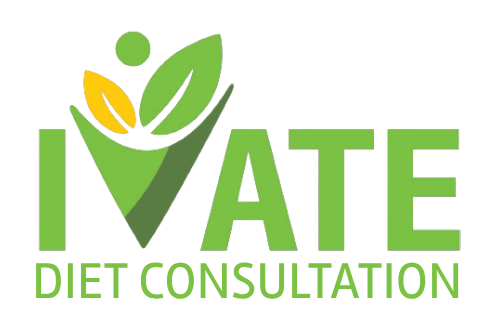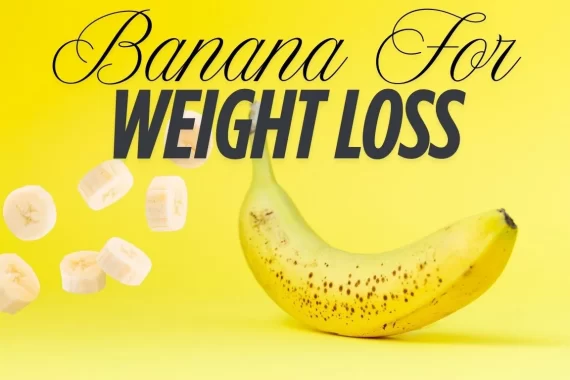
The #1 Habit to Start for Better Blood Pressure
Anytime you have a physical examination or meet with a physician, they take your blood pressure. It is an important measurement that provides information about how efficiently your heart carries blood to your body’s cells, tissues and organs. High blood pressure, also known as hypertension, is often called the “silent killer” because it does not always cause symptoms. Yet, it’s a major modifiable risk factor for coronary artery disease, heart failure, stroke, chronic kidney disease and dementia, notes Sean Kotkin, M.D., a preventative cardiologist at Mount Sinai in New York. While there are many natural ways to reduce your blood pressure, a simple one stands out.
Did you know that eating more plants (vegetables, fruits, whole grains, nuts, and seeds) can significantly impact your blood pressure? While it may sound like a small habit, it’s true that eating more plant foods can seriously help lower blood pressure levels, says Caroline Thomason, RD, CDCES, a dietitian and diabetes educator in Washington, DC.
In fact, one of the principles of the DASH diet—a diet created and well–researched for hypertension—is having plant-based foods make up the bulk of your plate. “Research has shown that eating a plant-based diet can lower blood pressure and reduce the risk of heart disease, diabetes and other diseases like certain cancers. A plant-based meal plan naturally reduces calorie consumption, resulting in weight loss, another factor known to improve blood pressure,” reiterates Maria Elena Fraga, RD, CDCES, a registered dietitian at Mount Sinai in New York City.
When managing hypertension, experts recommend being mindful of your intake of saturated fat, sodium and added sugar, which can increase your blood pressure. Plant-based foods are naturally low in these while rich in nutrients that support healthy blood pressure, such as fiber and potassium.
Thomason notes that fiber supports heart health by reducing cholesterol and stabilizing blood sugar levels, which might indirectly benefit blood pressure control. Potassium, on the other hand, is an important mineral (and electrolyte) that helps the body get rid of sodium through the urine, which helps reduce your blood pressure.
How Much Should You Eat
Everyone’s nutritional needs are unique and will vary based on age, weight and activity level, to name a few. However, Thomason breaks down some daily guidelines using the U.S. Dietary Guidelines and the DASH Dietary Guidelines as a rule of thumb:
| Fruits | 2–3 servings(1 medium fruit or ½ cup of fresh or frozen fruit is a serving) |
| Vegetables | 3–5 servings (1 cup raw or ½ cup cooked is a serving) |
| Nuts and Seeds | 1–2 servings (a small handful or 1 ounce is a serving) |
| Whole Grains | 3–6 servings (1 slice of whole-grain bread or ½ cup cooked grains is a serving) |
| Legumes | 1–2 servings (½ cup cooked beans, lentils, or peas is a serving) |
These guidelines may seem like a lot, and eating more plant-based foods doesn’t always come naturally. If you find it challenging, there are some easy ways to incorporate them into your diet, such as:
- Making recipes that feature lots of veggies as part of the main entree
- Try fruit and nuts for desserts and snacks
- Having a vegetarian dinner at least once a week
- Adding vegetables to your breakfast
- Making a plant-based food the star of your dish
As mentioned above, plant-based foods provide lots of fiber. If you are new to a high-fiber diet, slowly increase your intake and drink adequate fluids to prevent gas and bloating.
Other Natural Ways to Reduce Blood Pressure
There are other natural ways to reduce blood pressure, which you can start doing today. According to Basit, some ways to improve your blood pressure include exercising regularly, managing a healthy weight and reducing your intake of salt, caffeine and alcohol. Yet, if you want to start small, exercise might be the way to go. “Exercise can help lower blood pressure by helping to relieve stress, stretching the blood vessels, and improving the efficiency of the heart,” he adds.
Kotkin adds, “150 minutes of moderate aerobic activity (such as water aerobics, dancing, gardening) or 75 minutes of vigorous aerobic activity (such as running or swimming laps) per week can reduce blood pressure up to 8 mmHg.” To put this into perspective, some research shows that reducing your systolic blood pressure (top blood pressure reading) by 5 mmHg may lower your risk of cardiovascular events by 10%!
The Bottom Line
If you have high blood pressure and feel like you have no control, know that your habits matter and that you have the power to influence your body. To start, make small and consistent positive adjustments to your diet, like adding more plants. Plant-based foods provide important nutrients for blood pressure management, such as potassium and fiber. An easy and effective way to begin is to focus on color. Thomason recommends, “Shoot for 5 colors per day—especially if you’re not already eating a colorful diet of fruits and veggies.” As you begin to feel better and see improvements, you will be motivated to add more and continue other healthy habits.

